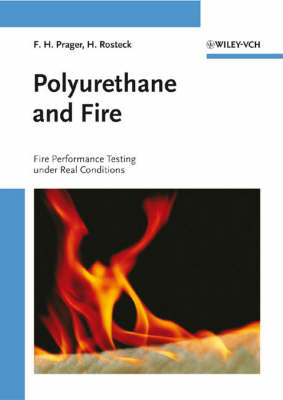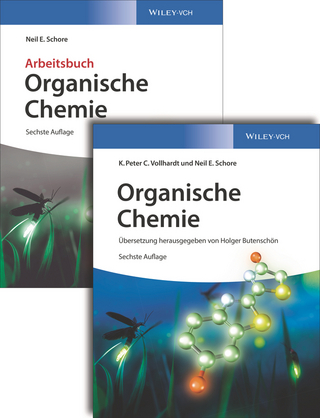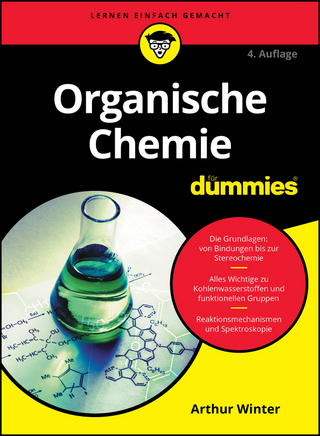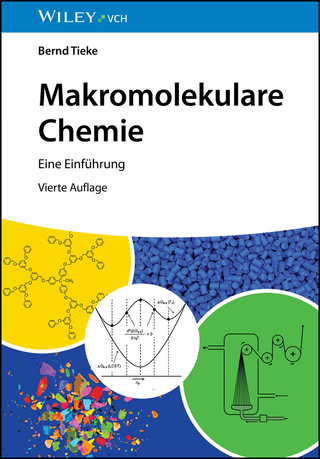
Polyurethane and Fire
Wiley-VCH (Verlag)
978-3-527-30805-7 (ISBN)
- Titel ist leider vergriffen;
keine Neuauflage - Artikel merken
A survey of all facets of the fire performance examination and evaluation of flexible and rigid polyurethane foams in the various fields of building construction, furniture and furnishings, transportation and electric appliances. The basic information concerning the relevance of the different test procedures allows realistic requirements to be set, guaranteeing more safety in the case of fire. The legal requirements are based on laboratory test methods and the book describes their relevance in relation to real fire scenarios.
A must-have reference for producers, suppliers and manufacturers of polyurethanes.
Franz H. Prager gained his diploma in Mechanical Engineering from the Technical University of Darmstadt in 1960 and his doctorate from the Technical University in Aachen in 1985. He joined Bayer in 1961, where he originally worked in Fire Performance Testing, and later became head of the Fire Technology Group, which he founded within the Central Research Department in Leverkusen. He was a member of numerous national and international committees (VDE, DIN, ISO and CEN) in the various fields of construction, transportation, furniture and electrical appliances, as well as the relevant German and international association fire committees (VKE, VCI, APME, IVPU/BING, ICUP/III and ISOPA). In 1990 Dr. Prager received the Otto Bayer Medal for his commitment to large scale testing under extreme conditions and for his initiation of the Bayer Fire Test House. Helmut Rosteck received his diploma in Mechanical Engineering after studying at the Technical University of Magdeburg and Dresden. Following this, he worked at the testing station for flow machinery in Dresden, before joining the dynamo plant of Siemens Schuckart in Dresden. He moved to Bayer in Leverkusen in 1964, where he was originally a member of the planning construction section and in 1976 joined the Fire Technology Group in the Central Research Department. In Fire Performance Testing he was responsible for fire reaction testing in the laboratory as well as on a large scale in the construction sector, transportation and the furniture and furnishings field.
From the contents:
INTRODUCTIONFIRE PROTECTION PROBLEMSDEFINITION OF THe FIRE PERFORMANCE CRITERIAFormation of FlamesCourse of FireCharacteristics of Fire BehaviorESSENTIAL FIRE SCENARIOSPyrolysisOxydative DecompositionSelf Sustained Smoldering ProcessFully Developed Fire with Flash Over SituationRESEARCH OF CAUSES OF FIRESGeneral Experience of Fire StatisticKnowledge of Fire RisksExperience of Fire Spread + Fire Detection Units and SprinklersTime of Fire Initiation as Classification CriterionPREVENTIVE FIRE PROTECTION-FIRE PERFORMANCE REQUIREMENTSGeneral ReglementationNational Requirement and Classification SystemsMATERIAL-RELATED FIRE PERFORMANCE CHARACTERISTICS OF PUR- GENERALPolyurethane ProductionRisk of Ignition in the Production and Storage AreaUSE AND INTERPRETATION OF TEST RESULTSRelevancy of the Decomposition ModelsRelevancy of the Evaluation CriteriaRelevancy of the Requirements - GeneralRESUMEEVIEW AND RECOMMENDATIONS
| Sprache | englisch |
|---|---|
| Maße | 170 x 240 mm |
| Gewicht | 1115 g |
| Einbandart | gebunden |
| Themenwelt | Naturwissenschaften ► Chemie ► Organische Chemie |
| Schlagworte | Baustoff • Brandschutz • Polymerwissenschaft • Polyurethane |
| ISBN-10 | 3-527-30805-9 / 3527308059 |
| ISBN-13 | 978-3-527-30805-7 / 9783527308057 |
| Zustand | Neuware |
| Informationen gemäß Produktsicherheitsverordnung (GPSR) | |
| Haben Sie eine Frage zum Produkt? |
aus dem Bereich


